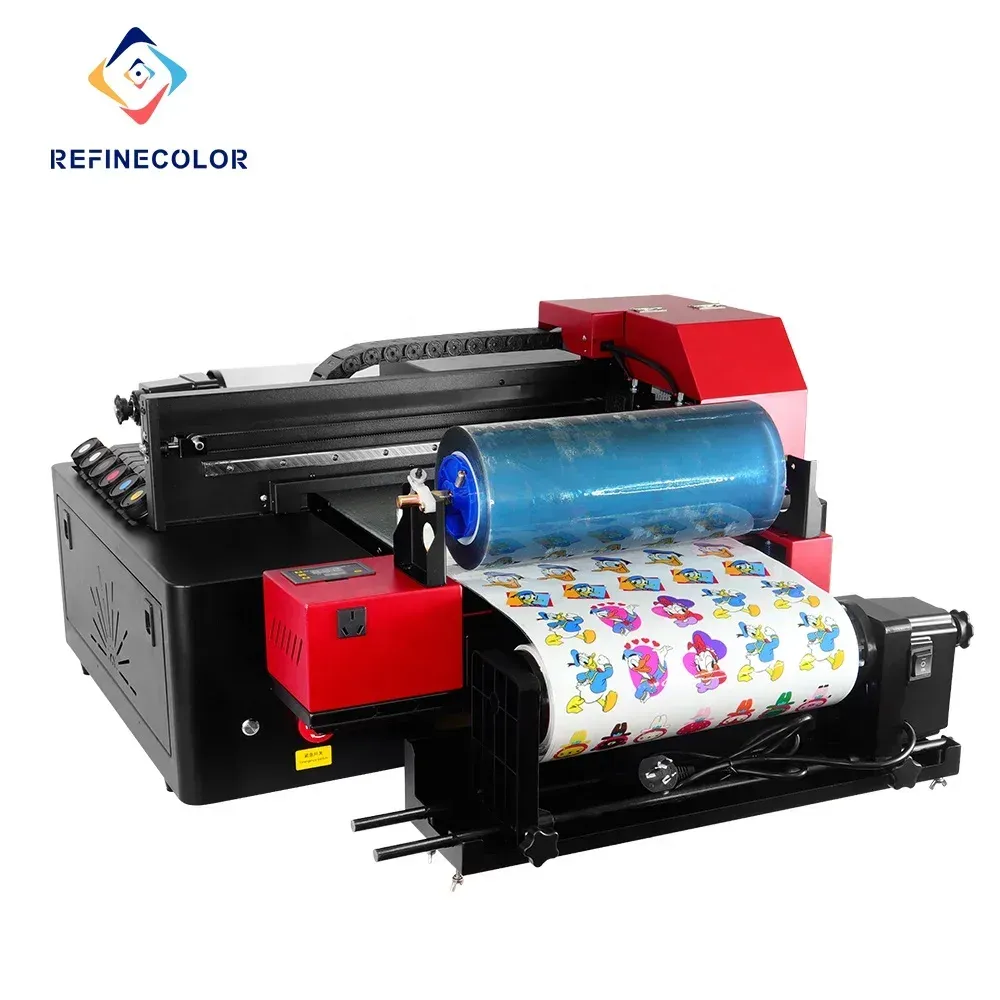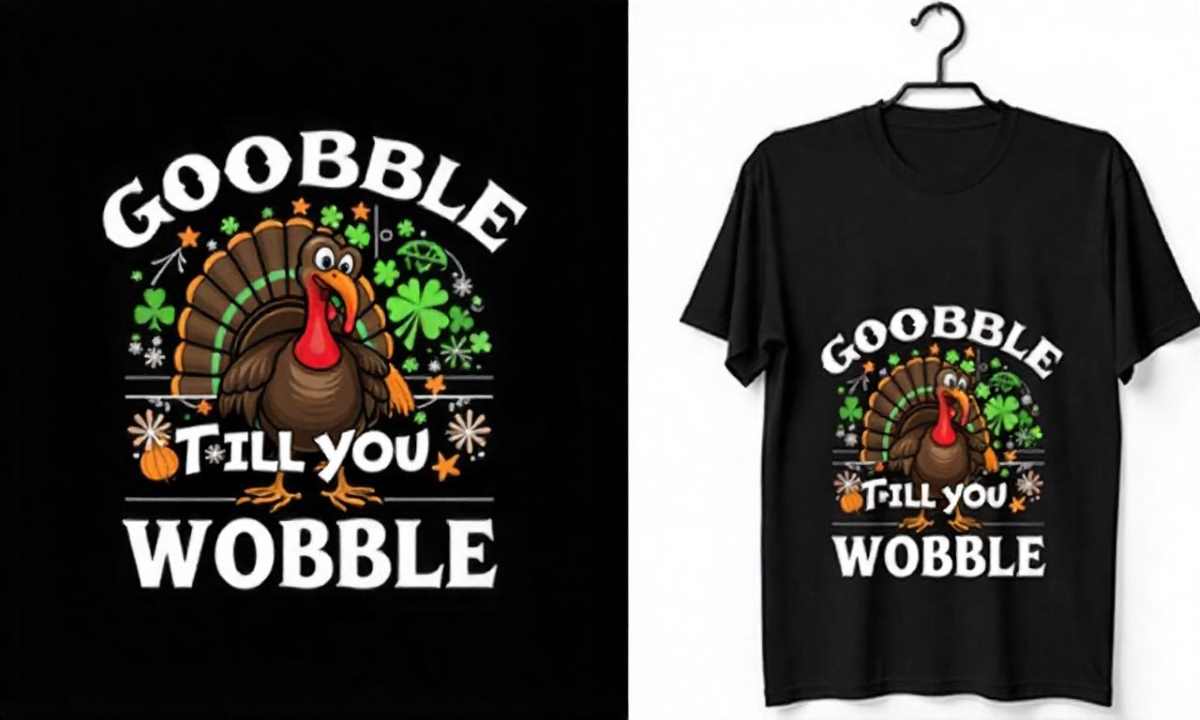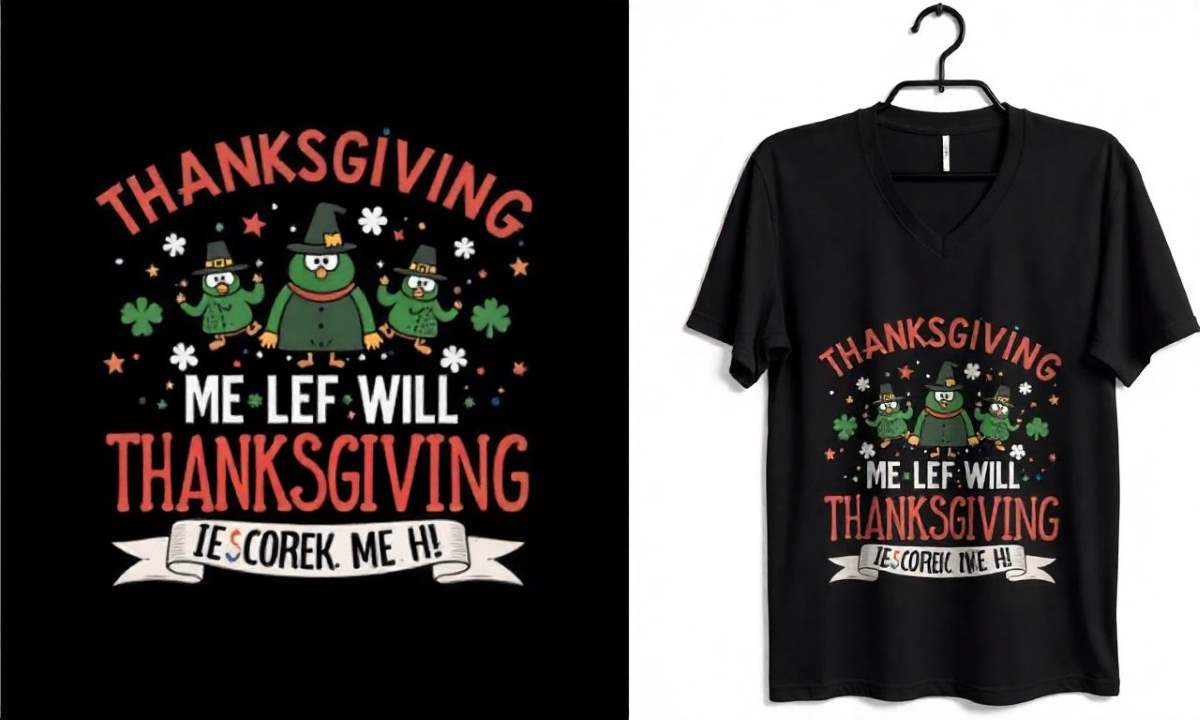In the ever-evolving landscape of textile printing, UV DTF (Ultra Violet Direct to Film) has emerged as a groundbreaking innovation that promises to redefine the industry. Unlike traditional methods, UV DTF employs advanced UV printing technology to cure specially formulated inks, allowing for stunningly detailed and vibrant prints on a variety of materials. This game-changing technique not only delivers durable prints that withstand the test of time but also aligns with eco-friendly printing methods, appealing to environmentally-conscious consumers. As businesses seek cost-effective printing solutions, UV DTF provides an efficient alternative that minimizes waste while maximizing quality. Join us as we explore the myriad benefits of UV DTF and its potential to transform textile printing solutions for the future.
Also known as UV direct-to-film printing, this modern approach utilizes ultraviolet light to set inks on film, enhancing the fidelity and longevity of printed images. Many industries are starting to adopt this versatile technology, which allows for high levels of customization on various substrates, including textiles and hard surfaces. By leveraging the strengths of UV inks, this printing process yields results that are not only visually appealing but also durable and resistant to wear and tear. With a focus on sustainability, many businesses are turning to this printing method as it offers eco-friendly options, reducing harmful emissions associated with traditional printing techniques. As we delve deeper into UV DTF, we’ll uncover how this method stands out in the competitive realm of textile printing.
Advantages of UV DTF in Textile Printing
UV DTF stands out in the textile printing industry for its ability to deliver vibrant colors and intricate details, making it a preferred choice for many brands. One of the key advantages of UV Direct to Film printing is its capability to reproduce complex designs with stunning accuracy. This level of detail is especially crucial for high-end fashion labels and advertising materials where brand representation relies heavily on visual impact.
Moreover, the use of UV inks enhances the vibrancy of colors beyond what traditional printing methods can achieve. With their fast curing process, these inks lock in the color upon exposure to UV light, resulting in prints that not only look dynamic but also maintain their integrity over time. Whether producing items for promotional giveaways or creating bespoke products, the benefits of UV DTF facilitate stunning results that can captivate any audience.
Material Versatility of UV DTF
One of the remarkable aspects of UV Direct to Film technology is its versatility across a variety of substrates. While it shines in textile printing, UV DTF also accommodates hard materials such as wood, acrylic, and metal, allowing businesses to expand their product offerings significantly. This multi-material capability streamlines production processes, enabling manufacturers to utilize one printing technology for diverse applications.
This flexibility not only minimizes the complexity of having to switch between different printing techniques but also reduces overall lead times. For organizations that require quick turnarounds on custom orders, UV DTF delivers efficient solutions while maintaining high-quality outputs. As a result, businesses can meet a wider range of client needs, from promotional items to personalized gifts, all under one printing umbrella.
Frequently Asked Questions
What is UV DTF printing and how does it work?
UV DTF (Direct to Film) printing employs UV printing technology to apply inks onto a specially coated film. Using ultraviolet light, the inks are cured immediately, allowing for high-quality, durable prints on various substrates including textiles. This method is gaining popularity for its ability to produce intricate designs and vibrant colors.
What are the advantages of using UV DTF in textile printing solutions?
UV DTF offers numerous advantages in textile printing solutions, including high vibrancy and detail in prints, versatility across multiple materials, and significant durability against fading and wear. Additionally, it allows for cost-effective printing by reducing waste and speeding up production times.
Is UV DTF an eco-friendly printing method?
Yes, UV DTF is considered an eco-friendly printing method as it utilizes UV inks that often contain low or no volatile organic compounds (VOCs). This makes it a safer alternative compared to traditional solvent-based inks, appealing to environmentally-conscious businesses and consumers.
How does UV DTF compare to traditional printing methods in terms of cost-effectiveness?
UV DTF is more cost-effective than many traditional printing methods due to its ability to reduce waste, streamline the production process, and accelerate turnaround times. This efficiency leads to lower production costs and improved cash flow for businesses.
Can UV DTF printing be used on materials other than textiles?
Absolutely! UV DTF printing technology is versatile and can be used on a variety of substrates beyond textiles, including hard materials like acrylic, wood, and metal. This flexibility allows businesses to utilize a single printing method for diverse applications.
What recent advancements have been made in UV DTF technology?
Recent advancements in UV DTF technology include improved curing processes and the development of UV LED curing systems, which enhance print quality and speed. These innovations are enabling print service providers to maximize efficiency and the overall quality of their outputs.
| Key Points |
|---|
| **UV DTF Overview**: A printing method that uses ultraviolet light to cure inks on a special film for transfer to various substrates. |
| **Benefits**: High vibrancy, material versatility, durability, eco-friendliness, cost-effectiveness. |
| **Material Compatibility**: Works on textiles, hard substrates like acrylic, wood, and metal. |
| **Durability**: Superior resistance to fading, scratching, and washing, leading to longer-lasting products. |
| **Eco-friendliness**: Many UV inks contain low or no VOCs. |
| **Cost Efficiency**: Reduces waste and lowers production costs while speeding up order fulfillment. |
| **Recent Advancements**: Improvements in curing processes and ink formulations enhance production speed and quality. |
Summary
UV DTF is revolutionizing the textile printing industry with its remarkable ability to produce high-quality prints that exhibit both vibrant colors and intricate designs. This innovative printing technology stands out by not only offering enhanced durability and eco-friendly options but also by providing remarkable versatility across various materials. As consumers and businesses alike prioritize sustainability and cost efficiency, the adoption of UV DTF continues to grow, setting new standards for the future of textile printing. With its current momentum and continuous advancements, UV DTF is undoubtedly reshaping the landscape of printing solutions.



